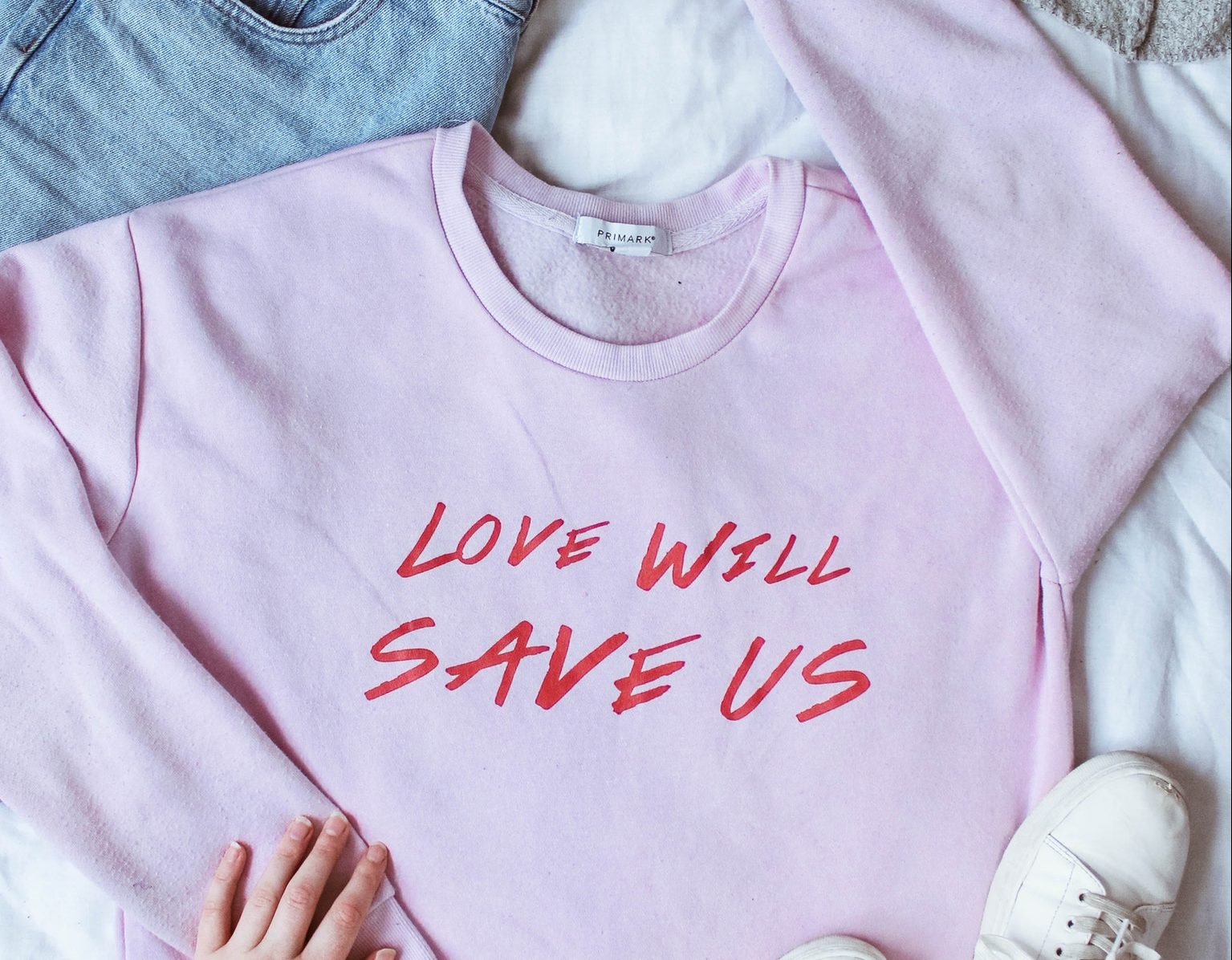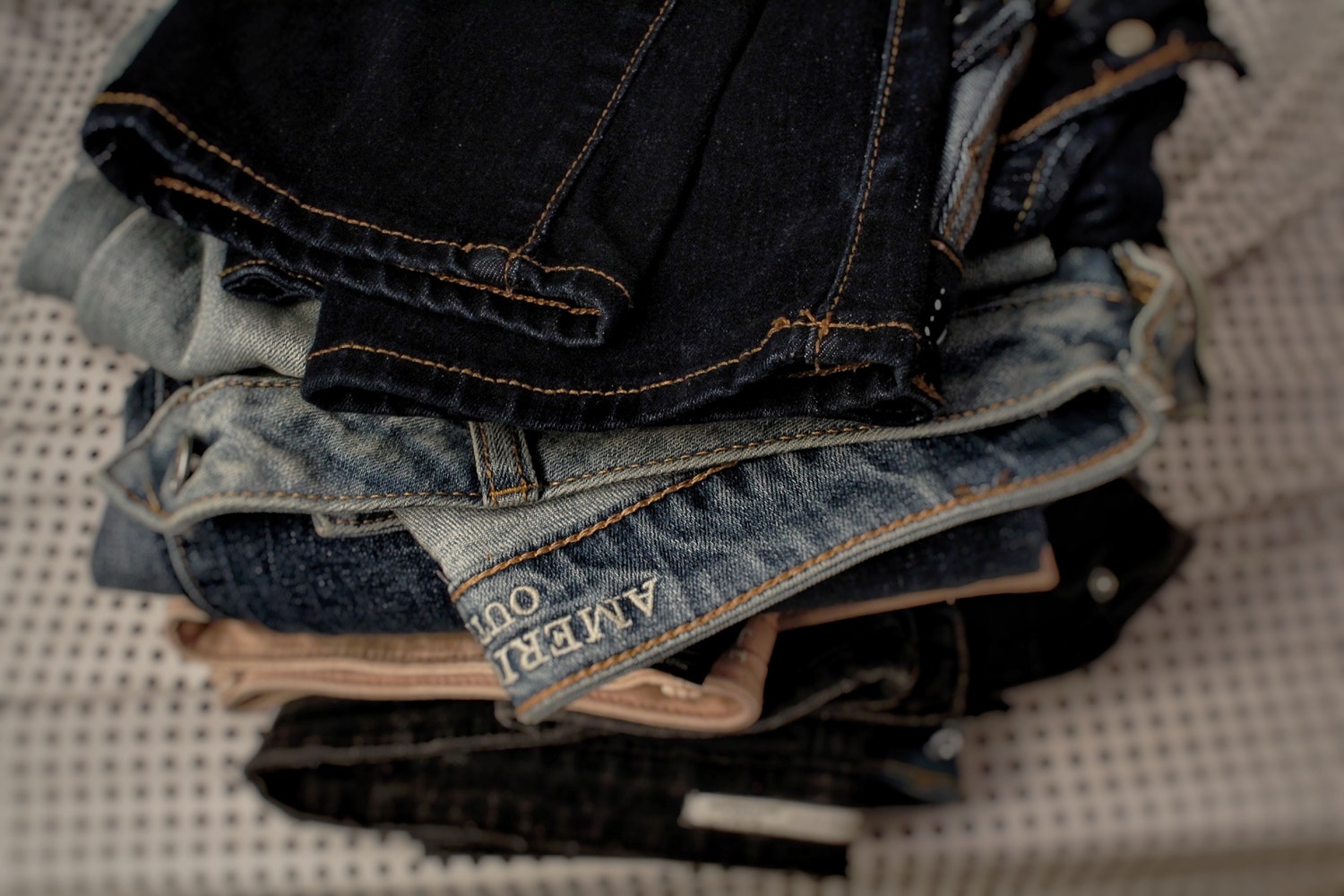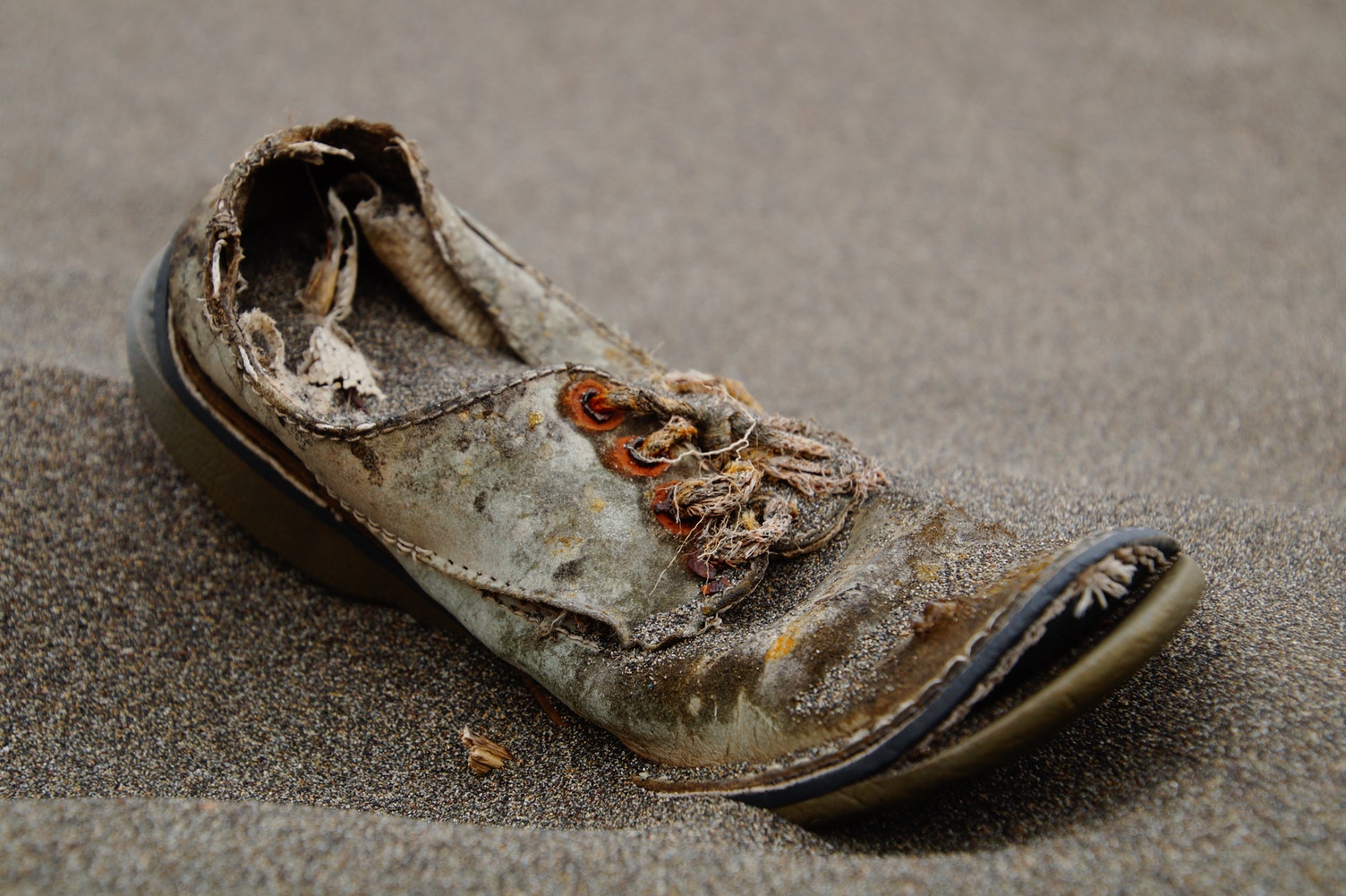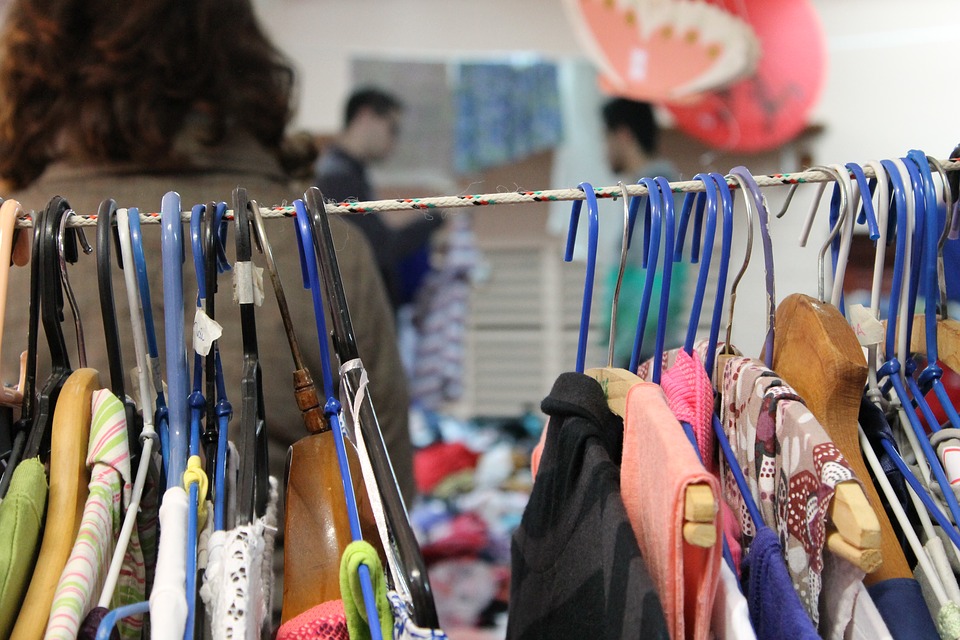
You just stuffed one more t-shirt in your drawer than it could fit. Now you’re going to clean it out and organize it. As you’re pulling shirts out, you’re thinking you haven’t worn most of them in a year or more. It’s time to grab a bag or a box and make a clothes donation run.
We get an emotional connection to our clothing that’s hard to break with certain pieces. Here are some sure signs it’s time to donate articles of clothing:
Quick Navigation
It’s Full of Stains
You Don’t Love It—or Even Like It
It Hasn’t Fit in… a Long Time
You Haven’t Worn It in a Year
It Doesn’t Fit Well
It’s Not Your Style Anymore
What Is Acceptable for Clothes Donation
Children’s Clothing
Adult Clothing
Linens
Unmentionables
Clothes Donation Dos
What Is Not Acceptable for Clothes Donation
Soiled, Ripped or Dank Clothing
One When There Should Be Two
Other Things to Consider
Know the Company You’re Donating To
Conclusion

It’s Full of Stains
You know the white shirt we’re talking about. You loved it the moment you bought it and the very next day you spilled red wine on the sleeve. Try as you might, that little pink reminder of the first and last time you wore the shirt has stayed put. It’s time to put that shirt in the donate pile.
You may think it’s not cool to donate stained clothing to the less fortunate, but we’ll explain later why every article of clothing is appreciated. Honestly, if you haven’t worn it because of stains or a small hole in the sleeve, you’re never going to—those stains and holes aren’t going to magically disappear.
You Don’t Love It—or Even Like It
We’re willing to bet you’re hanging on to several pieces of clothing because you “used to love it”. Well, you don’t anymore. You don’t hang on to your first car because you loved it when you were 16. You make way for the car you love now. Let go of the items you used to like because, through clothes donation, you’ll give it a chance to be loved again.
It Hasn’t Fit in… a Long Time
Let’s face it. Weight fluctuates; it’s ok. If you have something in your closet that hasn’t fit in more than a year, this is probably a good time for the clothes donation bag.
Here’s the thing: some people hang on to “fat clothes” to remind them not to go there again. They hang on to their “skinny clothes” because they will lose weight again. Neither are screaming at you to be happy exactly where you are. One serves as a constant reminder you could gain weight and the other taunts you by reminding you you used to be thinner.
Either message is a pretty crummy thing for your clothes to tell you day in and day out. Let them go. They will fit someone else perfectly.
You Haven’t Worn It in a Year
Only a year?! Yes. Once you organize your drawers and closets, you will see several pieces of clothing you bought, and either never wore or haven’t worn in forever. If you really think you’ll wear something again, then put it on and leave the house in it. If you feel great about it, keep it—if not, let it go.
It Doesn’t Fit Well
If you’re constantly tugging, adjusting, scratching, and pulling, donate it. It will fit someone else. It may the coolest thing ever, but if you’re miserable every time you wear it, is it really that cool?
You can’t fully enjoy yourself if you’re thinking about how scratchy your sweater is or how your pants are riding up. Everybody else knows something is bugging you too. Your clothes should fit well and be comfortable. You want to look good and feel good.
It’s Not Your Style Anymore
This is where you’ll have to be honest with yourself. People sometimes hold on to clothes hoping they will come back in style. Well, it may come back into style ten years from now; but will it ever be your style again?
As we get older, everything changes—including our sense of style. There are trends and fads you tried, and they worked—for about a day and a half. It’s time to let them go. Out with the old and in with the new. There will always be another trend, but you have to make room for it.
WHAT IS ACCEPTABLE FOR CLOTHES DONATION

Now that you’ve decided to make a clothes donation, there are guidelines you should follow. There are items of clothing that charities desperately need, so if you’re on the fence about something, maybe this list will tip you towards donating.
Children’s Clothing
Kids desperately need clothes. If you’re in a climate that gets very cold, they’re in greater need of warm clothing. All children’s clothing makes a welcome donation, including clothes for infants and newborns.
Adult Clothing
There is no category of clothing that isn’t needed. Pay particular attention to business clothing. People need clothes to go to work and job interviews in and everything else. Even that prom or bridesmaids dress are good items to donate—other people need something to wear to prom and wedding parties, too.
Linens
Yes, even your old sheets, towels and cleaning cloths are needed by other people. Don’t forget to clean out your linen closet while you’re at it. Consider donating any blankets, pillowcases, and bed skirts you don’t use anymore.
Unmentionables
Yes, you can donate your underwear. The only rule of thumb is that it’s clean. If you can’t get stains or smells out after washing, throw the clothing away. People need donated underwear, bras, and swimsuits as much as any other piece of clothing.
CLOTHES DONATION DOS
- Launder clothing just before donating
- Dry clean special items before donating
- Fold clothes neatly into a bag or box
- Include all items of a suit if possible
WHAT IS NOT ACCEPTABLE FOR CLOTHES DONATION

There are very few things that are not acceptable for donation, as there is always a need for almost everything. There are a few guidelines for clothes donations and what may not be acceptable.
Soiled, Ripped or Dank Clothing
If you’ve got a piece of clothing, like we mentioned earlier, with just a small stain or a tiny hole, donate it. Don’t donate the shirt you use every time you paint or the one you were wearing when your niece got sick on you. If it’s a big or gross stain, throw it away.
The same goes for the shirt you’ve worn so thin there are now 30 holes in all the wrong places. It’s not a matter of “would” anyone wear it, but “can” anyone wear it. If the answer is no, don’t donate it. If you’re on the fence about how badly it’s soiled, donate it. Many charities will make industrial cleaning cloths out of items in some disrepair.
If whatever you’re about to donate smells like mold, mildew, or a chemical after you’ve washed it, toss it. One bad smelling item can make an entire bag or donation rack smell just as bad.
One When There Should Be Two
Donation centers do not need one sock or one shoe. It’s hard to throw away one really expensive shoe, but nobody can use one shoe. If your dog chewed one up, might as well give him the other.
OTHER THINGS TO CONSIDER

When you’re making a clothes donation, deciding where to donate is as important as what to donate. Do a little research. Some charities gather huge bundles of donated clothing and sell, by weight, to poorer countries. That’s not always a good thing.
When literal tons of clothing are dumped in a country with a smaller, delicate economy, those clothes can put textile companies out of business. That leaves many workers unemployed. You can do your best to avoid that.
Know the Company You’re Donating To
Do some research and donate as locally as possible. Look into these charities when deciding where to take your clothes donation:
- Homes for abused women and children
- Dress for Success—providing professional clothing to the less fortunate
- Homeless shelters
- Churches
- Storefront charities that give their proceeds to a local or regional organization
- Local clothing drives
Avoid dropping your clothes donation off in donation bins whenever possible. Those are the clothes that are hardest to track. If you’re left with bigger charities, that’s ok. Goodwill works hard to give its employee retail experience and they don’t send clothes in good repair oversees.
Other reputable national charities for your clothes donation:
- American Red Cross
- Vietnam Veterans of America
- The Salvation Army
- Big Brother Big Sister Foundation
- Career Gear
CONCLUSION
Your clothes donation, along with the other items you’ve boxed up, will go a long way to helping others. Your donations:
- Help people who can’t afford new clothes
- Help disaster victims
- Help homebound people
- Help foundations with charity drives
You’re also helping the environment. If people don’t have to buy new clothing, new textiles don’t have to be made. Recycling clothes helps just as much as recycling plastic, paper and cans. You’ve not only helped others in need and the environment but you’ve kept your house organized. Your closet and drawers should be free enough of clutter that you can see your clothes clearly. There’s even a science behind a clean and organized home keeping your mind clearer and free of clutter.
And you thought it was just an old shirt.

